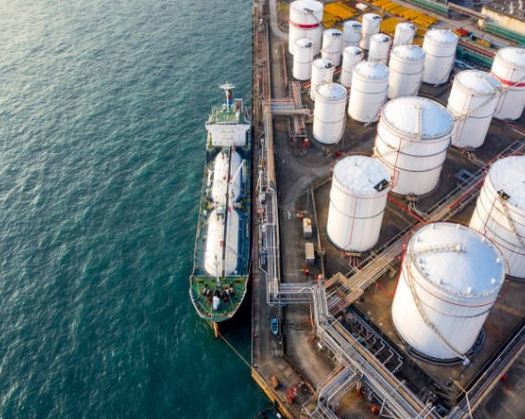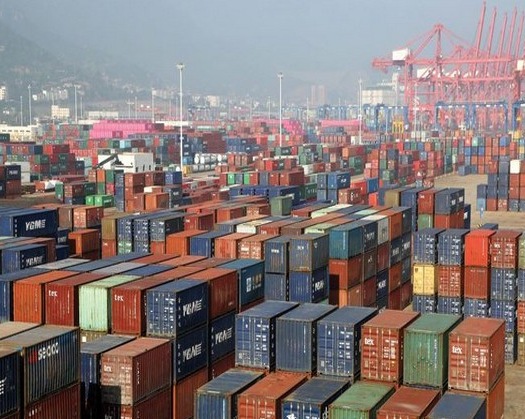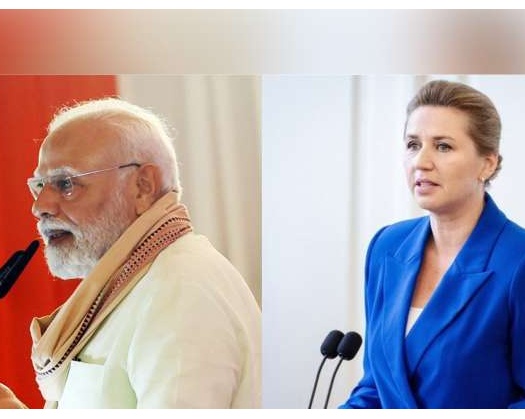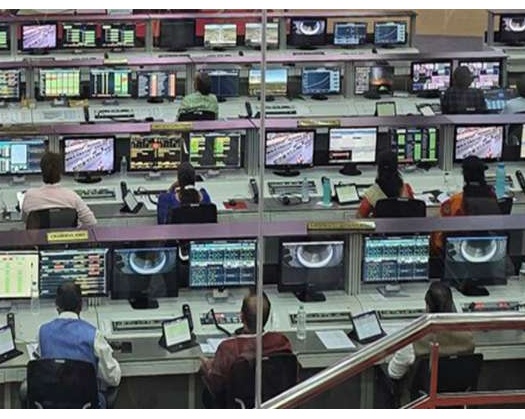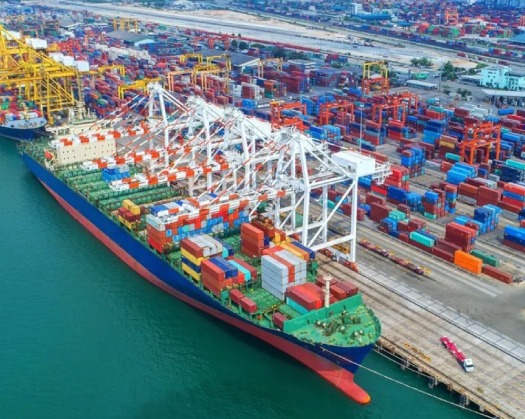The Crisil report predicts that the average crude oil prices will rise in fiscal year 2025 compared to the previous year. The experts warn that this surge in oil prices could lead to an increase in the fiscal burden on the central government due to the high import bill. India heavily relies on imports for more than 80% of its crude oil needs.
During June, the average Brent crude oil prices remained relatively stable at USD 82.6 per barrel, showing a slight increase of 0.7% month-on-month and a significant 10.2% increase year-on-year.
The government aims to reduce the fiscal deficit to 5.1% of GDP in fiscal 2025 from 5.6% in the previous fiscal year. In the first two months of fiscal 2025, the fiscal deficit stood at 3% of the budget target, a marked improvement from 11.8% during the same period in the previous fiscal year.
The report also projects Gross market borrowing at Rs 14.1 lakh crore for fiscal 2025, indicating an 8.4% year-on-year decline. The government plans to borrow 53.1% of the budgeted amount in the first half of the fiscal year.
In fiscal 2025, it is projected that the current account deficit (CAD) will average 1.0 per cent of GDP, up from 0.7 per cent of GDP in fiscal 2024. This is attributed to the strong growth in goods exports and an expected decrease in imports, indicating that the CAD will be sustainable in the current fiscal year.
The report highlighted that India's real GDP is projected to increase by 6.8 percent in the fiscal year 2024-25. It pointed out that the growth rate of the country has been hindered by high interest rates and reduced fiscal impulse due to a decrease in fiscal deficit. Additionally, the report mentioned a positive outlook for the rural economy, forecasting an above-normal monsoon.
The report highlighted that the anticipated above normal monsoon is likely to alleviate food inflation, although non-food inflation may experience an increase.
The report mentioned that in the month of May, CPI inflation slightly decreased to 4.75 per cent from 4.83 per cent in the previous month.
Furthermore, the report predicted that the RBI might implement two policy rate cuts within this fiscal year, with the possibility of the cuts commencing from October 2024.
The report emphasized that the MPC is aiming for a sustainable reduction in inflation to 4 per cent in order to facilitate a more accommodative monetary policy, amidst a robust economic growth trajectory.
It was also noted in the report that the RBI will closely monitor the progress of the monsoon season, along with other extreme weather conditions and geopolitical uncertainties, for the next couple of months before making any decisions regarding rate cuts.
In the recent MPC meeting held in June, the RBI opted to maintain the policy rates at the current levels, while continuing with its stance of gradual withdrawal of accommodation. The upcoming MPC meeting is scheduled for August.

